AR markers allow for this kind of experience,
"When you hold the camera on your smartphone, a character pops out of the poster!" AR markers are technologies that use images or specific objects as "marks" to display digital content overlays in the real world.
It is used in a variety of situations, including posters, product packaging, business cards, and tourist information, and is also attracting attention in the fields of advertising, marketing, education, and entertainment.
However, many people may be wondering, "What is an AR marker?", "How does it work?", "What is it different from a two-dimensional barcode?"
In this article, we will explain AR markers in an easy-to-understand manner even for beginners.
Contents
What are AR markers? Explaining the basic mechanism
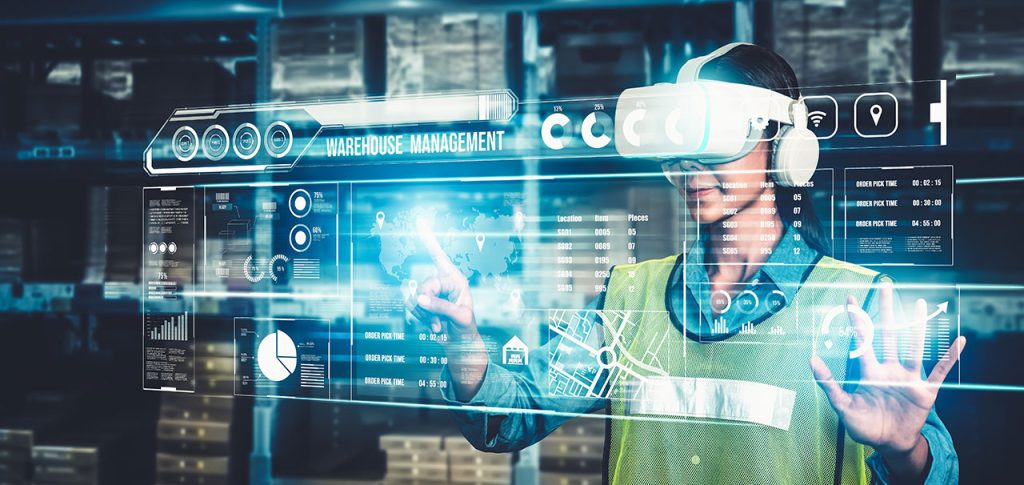
What are AR markers?
AR markers are images and objects that serve as markers for displaying digital content using smartphones or AR apps. Simply hold the camera to display 3D models, videos, text, etc. overlays them in the real world. This technology can be embedded in posters, product packaging, printed materials, business cards, etc., and is characterized by its greater freedom of expression than traditional two-dimensional barcodes.
How AR markers work
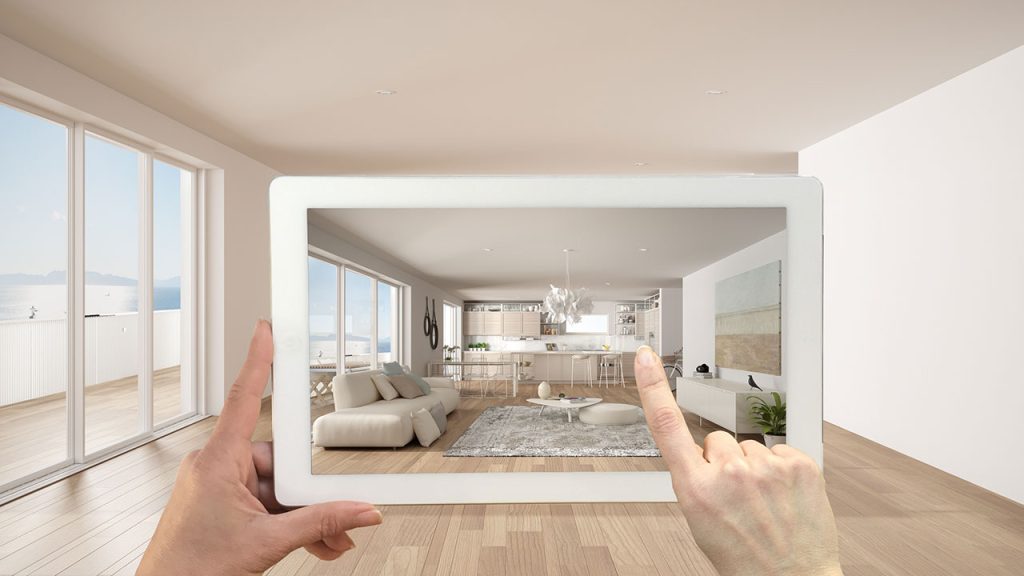
The behavior of AR markers consists mainly of the following processes:
1. Read markers with camera
It uses smartphone or tablet cameras to recognize specific images and markers.
2. The AR system analyzes and acquires data
It uses image recognition technology to read related 3D models, video (video content), text information, and more.
3. Display digital content overlays in the real world
Draws content in real time according to the position and angle of the AR marker on the screen.
4. Responding to the user's movements, displaying it from the optimal perspective
It utilizes GPS, camera angles, and device location information to create a more natural AR experience.
This mechanism allows AR markers to provide interactive user and content experiences as well as static information, making them attracting attention in the fields of marketing and education.
Technical points of AR markers
The following factors are important for AR markers to work:
- Highly accurate image recognition (accurate tracking required)
- Stable data communication (may work in conjunction with the cloud)
- Camera performance (low resolution cameras may have poor recognition accuracy)
- Compatible devices (smartphones, tablets, AR-compatible devices, etc.)
In addition, WebAR technology has also evolved in recent years, and there are more services that allow you to experience AR on your browser without installing an app.
Differences between AR marker types and 2D barcodes

1. Types of AR markers
AR markers were classified into five types based on the differences in recognition targets. Let's take a look at each of the characteristics.
① AR marker

Image markers are technology that recognize specific images as AR markers and display digital content. It is used for posters, business cards, product packaging, etc., and users can enjoy interactive content by holding their smartphones up.
For example, if you embed an AR marker in a movie poster and prepare a mechanism that automatically plays the trailer when you hold your smartphone up, you can achieve visual impact and information at the same time.
You can also use it by printing AR markers on the product packaging and scanning to display 3D models and videos, explaining in detail how to use the product and its features.
By using image markers in this way, it is possible to effectively transmit information that cannot be conveyed in traditional printed materials, improving the user's experience.
② Image tracking (image recognition type)
Image tracking is a technology in which a camera recognizes a specific image and displays AR content in the image. For example, if you scan the company logo or team mascot on a sticker or poster, 3D animations and videos can be played directly above the image. Even if the camera's perspective changes, AR content moves along with the image, providing a more immersive experience.
This technology is particularly suitable for marketing strategies that combine printed materials and AR, and is being used in the advertising and publishing industries.
③Spatial recognition type
Spatial recognition is a technology in which the camera recognizes the surrounding environment and places digital content in a specific location. You can display digital content in the appropriate position by detecting planes such as floors and tables, wall detection, and touching objects on a smartphone or tablet. It is characterized by no need for image markers.
For example, in furniture placement simulations, you can detect the floor with your smartphone camera and place 3D models in your room. This allows you to check the actual size and design. It is widely used in online shopping and interior design, as you can check whether the size and color of the furniture suits your room before purchasing.
It is also used as a tourist guide, and can be used to display information about historic buildings and tourist spots in an AR format when users hold their smartphone cameras around town.
④ Object recognition type (3D object marker)
Object recognition is a technology that recognizes a specific three-dimensional object (3D object) and displays AR content according to its shape and angle. Unlike image markers, it is characterized by its ability to recognize 3D objects themselves rather than 2D images, providing an AR experience tailored to the real shape.
For example, in the museum's AR exhibition, visitors can experience the experience of holding their smartphones over sculptures or historical artifacts, where detailed explanations of the work and 3D reconstructed footage can be displayed. This will not only allow you to see visually, but also provide a deeper understanding.
Object-recognized AR can display AR using actual three-dimensional objects as triggers, and is attracting attention as a technology that provides new experiences in the fields of advertising, sales promotion, art exhibitions, and education.
⑤Face tracking (face recognition AR)
Face tracking is a technology that uses a smartphone or tablet camera to recognize the shape and movement of your face and apply AR effects. It is used for social media filtering functions and virtual try-ons.
Using facial recognition AR, you can also place a "purchase button" or a "link to a brand page" on the AR. This allows users to create a conductor that allows users to purchase their favorite products on the spot, increasing the marketing effect.
This technology is attracting attention as a means of high compatibility with e-commerce and social media marketing.
2. Difference between AR markers and 2D barcodes
Both AR markers and 2D barcodes have the role of reading information, but their mechanisms and uses differ.
| AR marker | 2D barcode | |
|---|---|---|
| How to check | Recognize the shape of images, objects, and spaces | Scan the black and white code |
| Displayed content | 3D models, videos, text | URLs, text, contact information, maps, Wi-Fi information, payment information, etc. |
| App needs | Standard smartphone camera, AR app | Available with standard smartphone cameras |
| Linking with the environment | Displays according to the real space | The same information is displayed everywhere |
The difference is that two-dimensional barcodes are a means of reading information, while AR markers are a means of experiencing information visually.
For example, two-dimensional barcodes are used as a means of access to websites, while AR markers are used to overlay digital information in real space.
Examples of use of AR markers
1. How to use AR markers
AR markers are used in a variety of industries. Here we will introduce four areas that are particularly popular: advertising and promotion, education and learning, retail and EC, and tourism and entertainment.
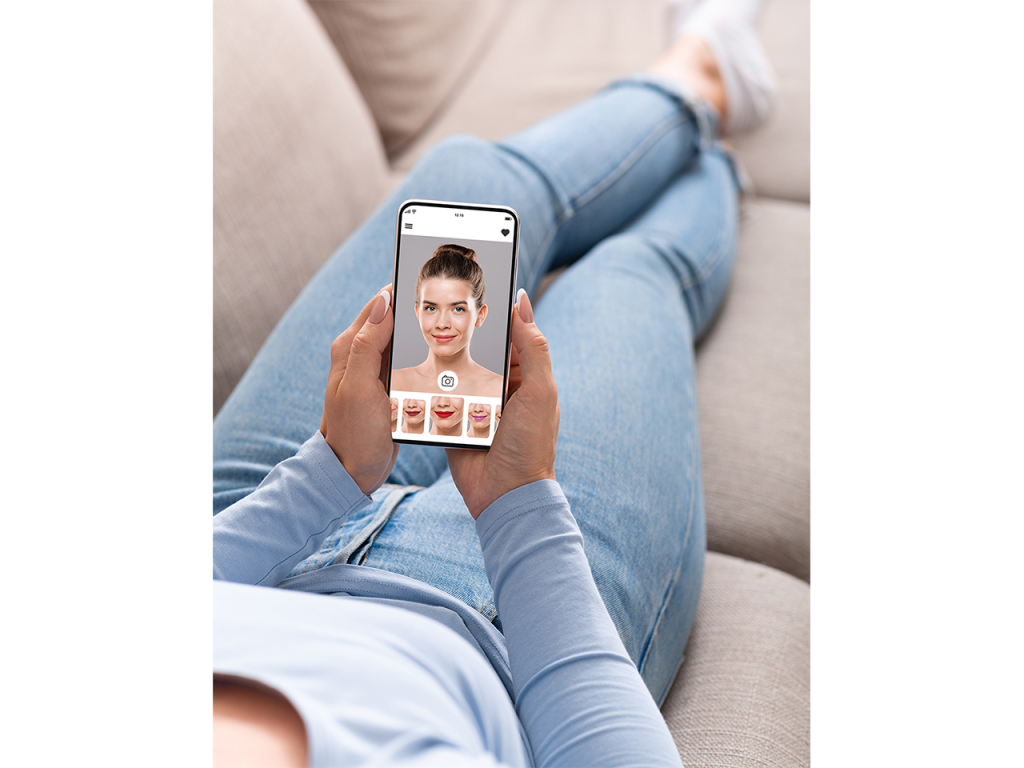
① Use in advertising and promotion
In recent years, many companies have been using AR markers for advertising and promotion. Traditional posters and flyers can only convey static information, but AR can be combined to provide a more interactive experience.
Additionally, by placing a link button within AR content, users can be directed directly to the homepage or campaign page.
② Education and learning
In the field of education, AR markers can be used to provide a more intuitive learning experience. In particular, by combining paper teaching materials with digital content, you can create a "very real experience," which was difficult with traditional learning methods.
For example, when you place an AR marker in a history textbook and hold your smartphone up, historical figures appear as 3D models, and there is content that provides audio explanations. Additionally, by using AR in science experimental books and simulating actual chemical reactions and physical phenomena, it is possible to provide an environment where students can learn visually.
③Retail/EC
When shopping online, there is a challenge that you cannot actually pick up and try products. Therefore, by using AR markers, consumers can experience the product more realistically.
For example, in the apparel industry, AR try-on systems have been introduced, allowing users to virtually try on clothes and accessories using smartphone cameras. Cosmetics brands also offer apps that use AR markers to simulate lip and foundation colors on their faces.
Furthermore, the furniture and interior industries are also seeing an increase in simulation using AR. Consumers can use AR to virtually place furniture in their home spaces to see the actual size and balance of design.
④Stokyo and entertainment
The tourism industry has introduced a guide system that uses AR markers, allowing visitors to provide more information.
For example, there is a system where AR markers are placed on historical buildings or ruins, and when you hold your smartphone up, you can reproduce the image from that time in 3D images. This allows tourists to enjoy the modern landscape and past scenery while comparing them.
In addition, some museums have adopted a system that uses AR technology to display explanations from the artist and videos of the background of the production when you hold your smartphone over the exhibited works. This allows visitors to understand their work more deeply and enjoy the exhibition.
2. Success stories using AR markers
1. Tokyo Port Pier: Tourism promotion with AR digital stamp rally

In recent years, AR technology has been used in tourist spots and historic sights to improve the visitor's experience. Among these, stamp rally using AR markers installed in parks and tourist areas is an effective measure to provide opportunities for visitors to learn while entertaining them.
Tokyo Port Pier has introduced a digital stamp rally with AR markers installed in seven locations within the park. When visitors hold their smartphones and read the markers, the 2D animation mascot character will be displayed.
This stamp rally has a special bonus that allows you to exchange for souvenirs by going around all the points and completing the stamps. By implementing such measures, visitors can motivate them to travel around the park, improving the mobility of the entire tourist area.
source:
2. AR Works: Smart introductions with AR business cards

AR Works offers AR business cards that utilize WebAR technology that does not require a dedicated app. When you scan your business card with your smartphone camera, 3D models and videos will be displayed, allowing you to interactively convey your self-introduction and corporate promotion. By including company descriptions and product demos, it is attracting attention as a tool that increases customer engagement and leaves a deeper impression.
Source: https://promotion.ar-works.jp/
3. Ginvis: Introducing AR photo frames to sweets packaging
Confectionery company Ginbis has used AR markers for the product packaging for "Stain Chocolate Cone Halloween 8P" and "Tabetoko Animal Halloween Assorted 8P". When a consumer scans the package with a smartphone, an original photo frame is displayed that allows you to take a photo with the mascot character. This initiative has increased the added value of products and promoted consumers' desire to purchase.
Source: https://www.ginbis.co.jp/
How to create an AR marker
To create an AR marker, you need three steps: "Preparing the marker image", "Using AR development tools", and "Content settings."
1. Preparing marker images
To improve the accuracy of the AR marker, it is important to choose an image that is easy to recognize.
Key points:
- High contrast design (a clear difference between the background and the pattern)
- Simple shapes (over-complex designs are prone to recognition errors)
- Unique patterns (many similar images can cause false recognition)
If you are embedding AR markers in posters, product packaging, etc., perform a reading test with the AR tool in advance to make sure it is recognized correctly.
2. Using AR development tools
Use a dedicated development tool to create AR markers. In recent years, there have been an increase in tools that allow you to easily create them without writing code.
3. Content Settings
Decide what content will be displayed when scanning an AR marker. Create digital content that suits your purpose, such as videos, 3D models, animations, and text information, and link it to markers using AR development tools. For example, you can set it to enable scanning the markers on a product package to play a product introduction video, or rotate the 3D model to check.
How to introduce AR markers? Explaining preparations and points

1. Preparation for introducing AR markers
To introduce AR markers, follow the steps below to prepare:
1) Clarify your purpose
Make sure you are using AR markers clearly. The following are some of the main uses:
・Set in product packaging to provide product information and videos to consumers
・Show historical backgrounds and highlights with tourist information
・Supplement textbook diagrams and photos in the field of education in 3D models
② Select the type of AR marker
There are the following types of AR markers:
- Image recognition markers: Use corporate logos and illustrations as triggers for AR
- 2D barcode marker: Scanning will display WebAR and video
- Pattern Markers: Content can be displayed when scanning a specific design or pattern
③ Select the platform you want to use
To operate your AR marker, you need to choose the right AR platform.
Depending on the purpose and purpose, there are two main types: "AR production services" and "AR development engine."
AR production services allow you to easily introduce AR without professional development skills. Many platforms that offer this service are compatible with WebAR as well as AR markers. There are also places that are strong in events and promotions, and there are also free plans.
On the other hand, if you want to do more advanced customization, you can use the AR development engine to build your own AR apps and systems.
Tools such as Vuforia, 8thWall, and ARToolKit are well known.
However, using such tools requires specialized knowledge and skills, and it also has the disadvantage that each phase of development (planning, design, implementation, and testing) takes time.
2. Key points for introducing AR markers

① Consider the user experience
When introducing AR markers, you should make sure that the design is intuitive and easy to use for users. In particular, smooth access and easy recognition are important.
For example, by utilizing two-dimensional barcode-type AR markers, it can be read easily with a typical smartphone camera, allowing for an AR experience without the need to download apps. This reduces the burden on users and allows more people to use AR content.
You should also consider the design and placement of the AR markers. If the markers are not noticeable or are not properly positioned, users may not be able to scan smoothly, leading to withdrawal. Therefore, it is important to plan highly visible designs and appropriate arrangements, and create an environment where users can experience AR without hesitation.
② Plan for content updates and operation
Even after introducing AR markers, it is important to maintain the freshness of the content and continue to attract users' interest. Regular updates and effectiveness measurements will provide a more effective AR experience.
For example, you can understand how much AR users have used AR and which content is popular and use it in future measures. Additionally, by adding new content for events every season, you can improve the repeat rate of users and increase the effectiveness of promotions using AR markers.
③ Comparing costs and effectiveness
When introducing AR markers, it is important to carefully consider how much cost should be applied depending on your purpose. By clarifying your budget and goals and choosing the most suitable implementation method, you can maximize your cost performance.
For example, short-term campaigns or limited-time promotions can be implemented at a low cost and quickly by utilizing SaaS-based AR services.
The key to success is to clarify the purpose of introducing AR markers and determine the balance between the required investment and the expected effects.
Introducing AR Works achievements
If you are considering introducing AR, please contact AR Works. Using our extensive track record and latest technology, we will propose the most suitable AR solution.
▼List of achievements | AR Works
https://promotion.ar-works.jp/achievement
AR marker summary

AR markers are used in product packaging, posters, tourist information, etc., and are technology that can provide users with an interactive experience. It is easy to display 3D models and videos, making it widely available in the fields of marketing, education and entertainment.
It is important to update easy-to-use design and content when implementing. By devising the design and placement of markers, creating an intuitive environment, it will allow more users to enjoy it.
Furthermore, by measuring the effectiveness while operating the product, it can also lead to an increase in promotion success rate and brand value. If you're looking to pursue marketing and customer engagement, the introduction of AR markers is an effective option.
Introducing AR use scenes and examples
Below is a list of materials for those who want to use AR for promotion.
Not only can you check out AR markers, but you can also check examples using touch AR and web AR.
Please feel free to download it.
Introducing AR use scenes and examples
This is a collection of AR case studies that can be used in a variety of situations, from business, entertainment to World Heritage Sites.
Examples of use of the AR x entertainment industry
Here are some promotional cases that combine AR in the entertainment industry.
▼List of materials | AR Works
https://promotion.ar-works.jp/request/







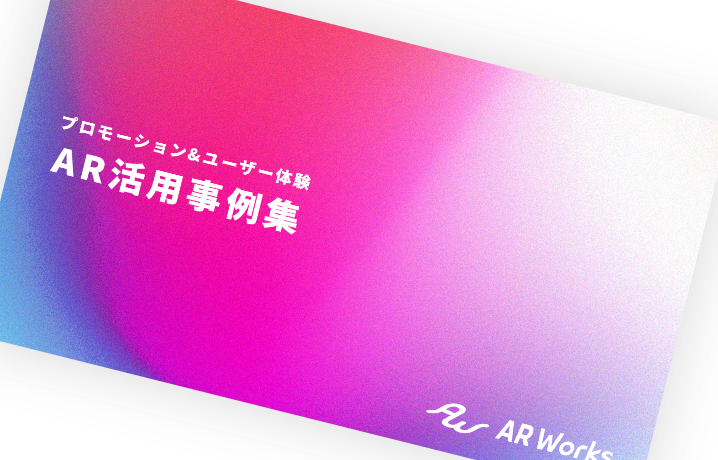
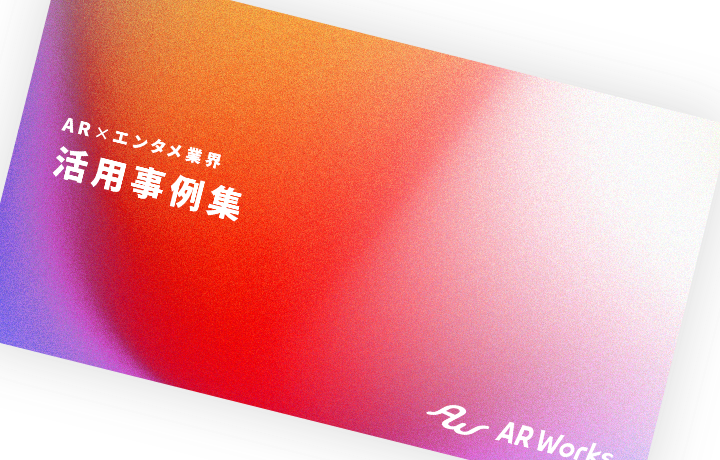


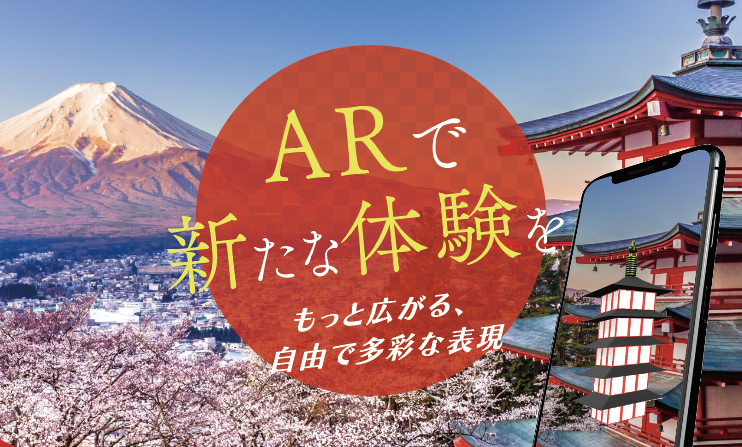
![[AR experience available] The dinosaurs start moving on the spot! Examples of use of AR dinosaurs and their introduction points](https://promotion.ar-works.jp/wp-content/uploads/2025/07/icatch.jpeg)